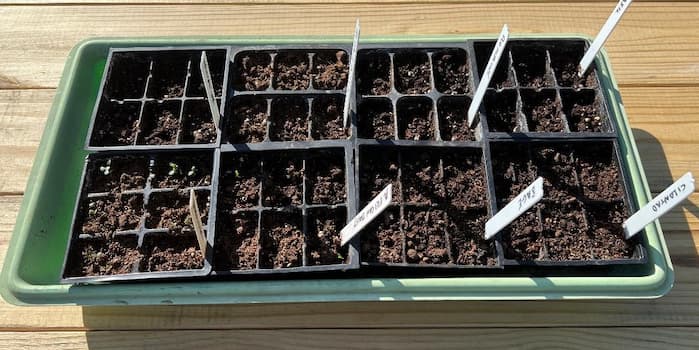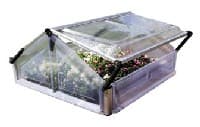
Plant and Seedling transplant shock is a common occurrence when transplanting any type of plant. We most often think of transplant shock when planting garden seedlings, both store-bought, and home-started seedlings, outdoors in the spring. However, it can also occur when digging up and replanting any established plants. Common examples are rose bushes, lilac bushes, and small trees. So, let’s explore the causes, symptoms, and how to minimize transplant shock.
The plant propagation method of “Plant Division”, can also result in transplant shock. Plant division is where overcrowded bulbs or perennials are dug up, separated into smaller groups, then re-planted into a new area.
Did You Know? Moving plants indoors in the fall can result in a form of transplant shock, as your potted plant accustoms itself to its new, indoor environment. The most common sign of houseplant transplant shock is Leaf Drop.
The good news is, that transplanting shock can be minimized, and often avoided entirely.
Symptoms: Plant wilts, leaves drop
How to Avoid/Minimize:
Seedlings: Use peat pots. Keep plant in the peat pot at planting, eliminating this cause entirely.
Established Plants: Dig deeper and wider, to capture more roots intact. Remove up to 1/3 of plant foliage.

Symptoms: Plant slows down, stunts, or dies
How to Avoid/Minimize:
Seedlings: Delay planting until warmer weather, harden off plants before transplanting, and use hot caps, frost covers, or row covers on cool and cold nights.
Established Plants: Usually not a transplant problem.
Symptoms: Plants Wilt
How to Avoid/Minimize:
Seedlings: Plant in cooler weather, provide temporary shade cover, keep the soil moist, and use a sprinkler to cool down plants at midday.
Established Plants: Keep soil moist.
Symptom: Plant wilts, leaves scald or burn
How to Avoid/Minimize
Seedlings: Plan transplanting for cloudy days, provide shade cover, and keep the soil moist.
Established Plants: Remove up to 1/3 of plant foliage, and keep the soil moist.
People who read this article also like:
©1999-2024 GardenersNet.Com, All Rights Reserved